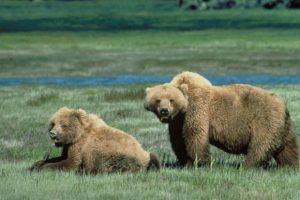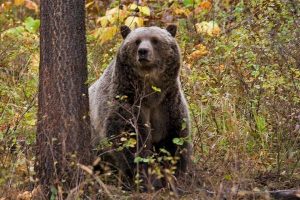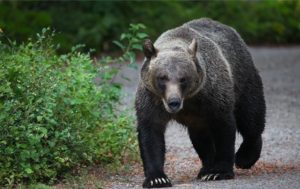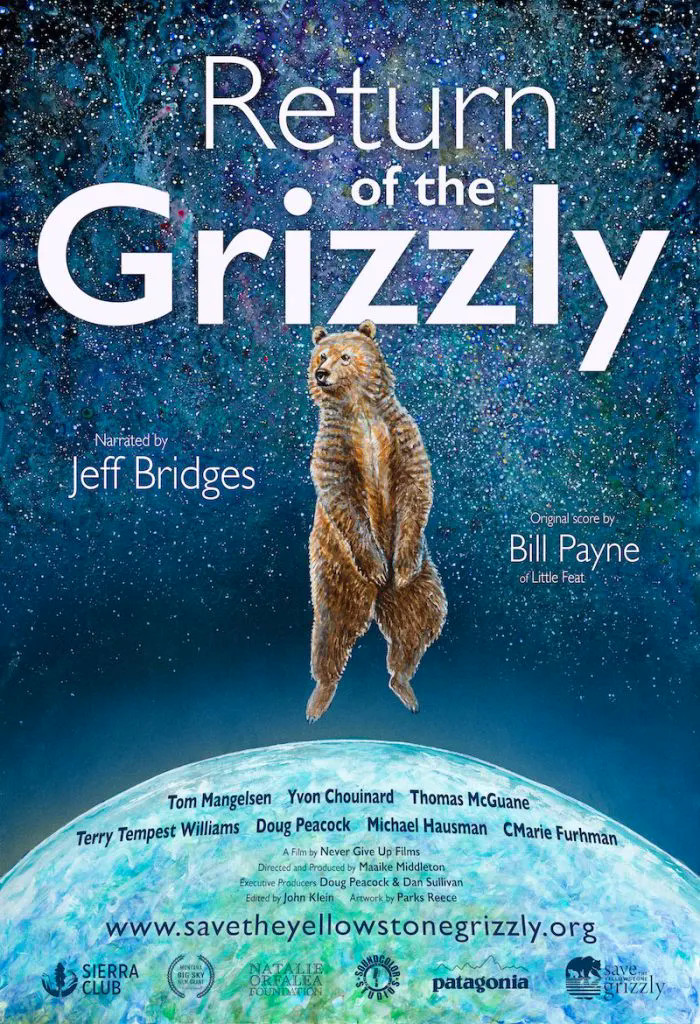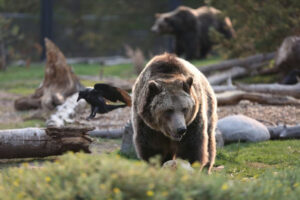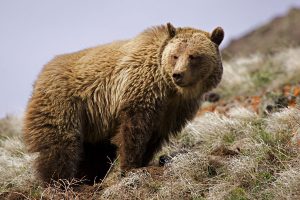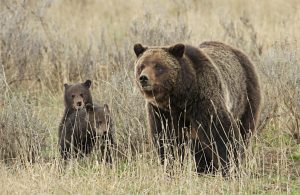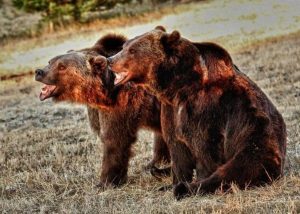 An excellent article by the inimitable Ron Chaney on the update to Endangered Species Act protection for grizzly bears . . .
An excellent article by the inimitable Ron Chaney on the update to Endangered Species Act protection for grizzly bears . . .
All grizzly bears in the Lower 48 United States would be federally managed as a single population under a proposed U.S Fish and Wildlife Service rule released on Wednesday.
That DPS, or distinct population segment, would retain the grizzly’s threatened status under the Endangered Species Act and reject petitions from the states of Montana, Idaho and Wyoming to delist the bears. In its Wednesday announcement, FWS said it found the states’ petitions “not warranted” for the two largest concentrations of grizzlies surrounding Yellowstone National Park and Montana’s Northern Continental Divide Ecosystem.
“After a thorough review of the best scientific and commercial data available, the Service found grizzly bear populations in those two ecosystems do not, on their own, represent valid DPSs (distinct population segments),” the FWS announcement stated.
